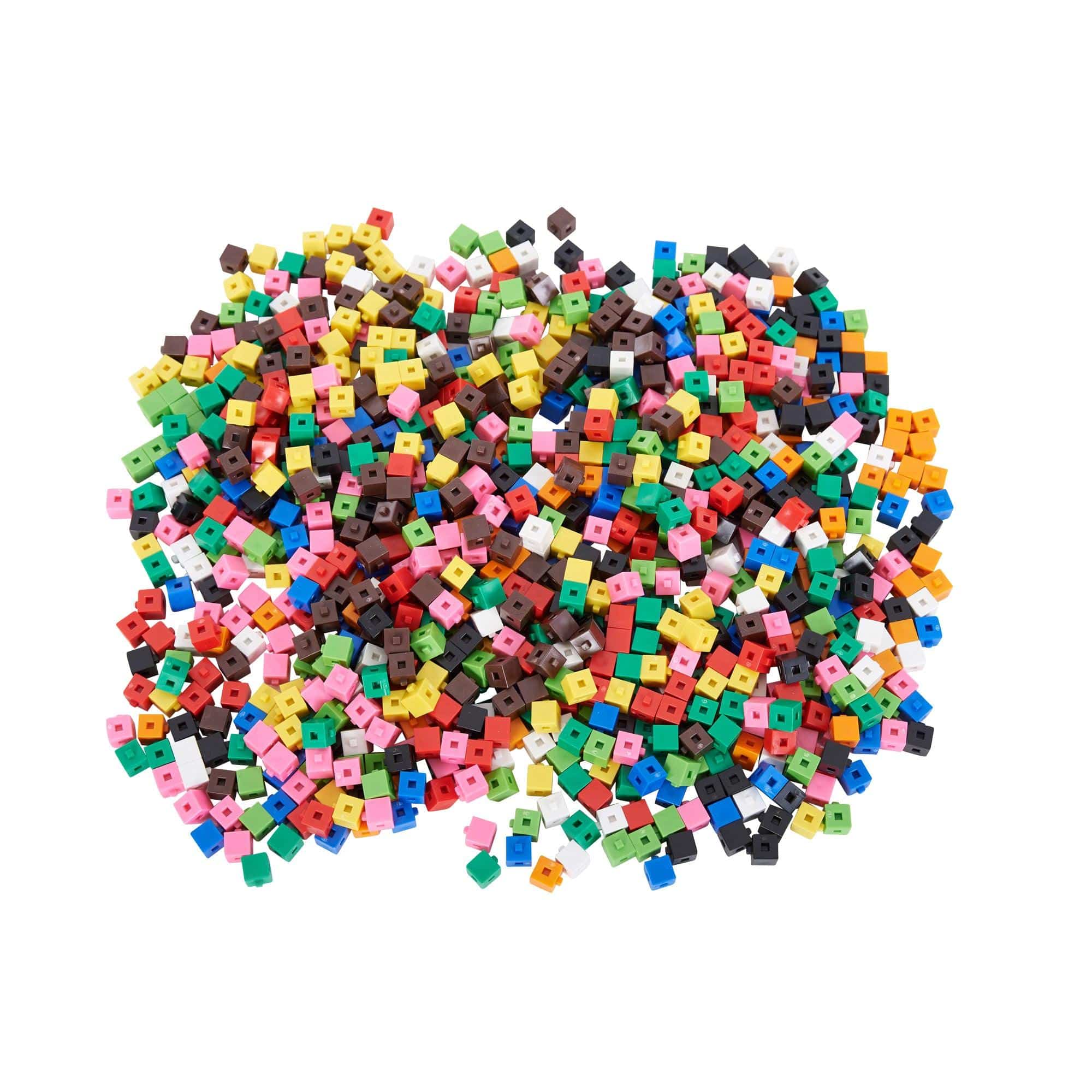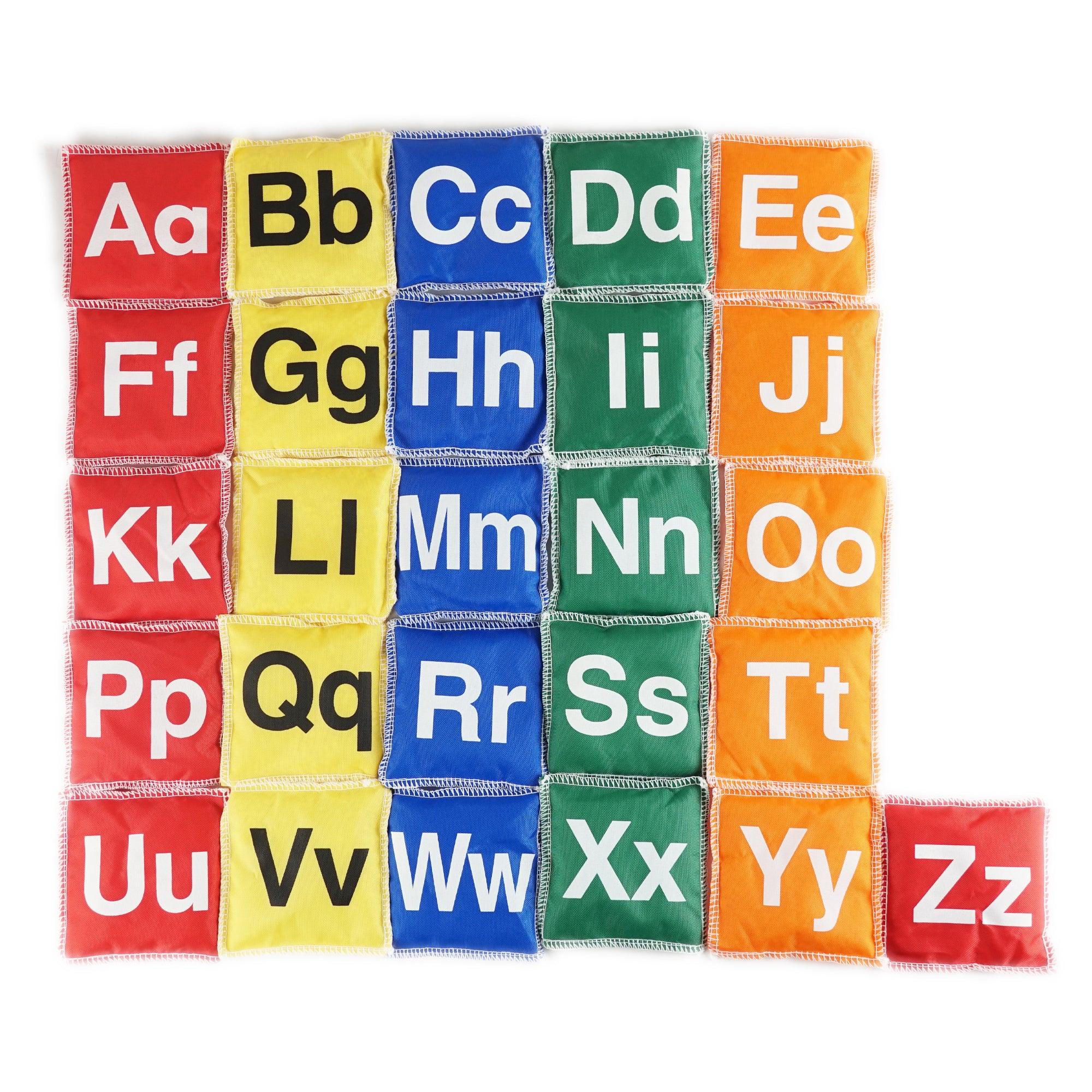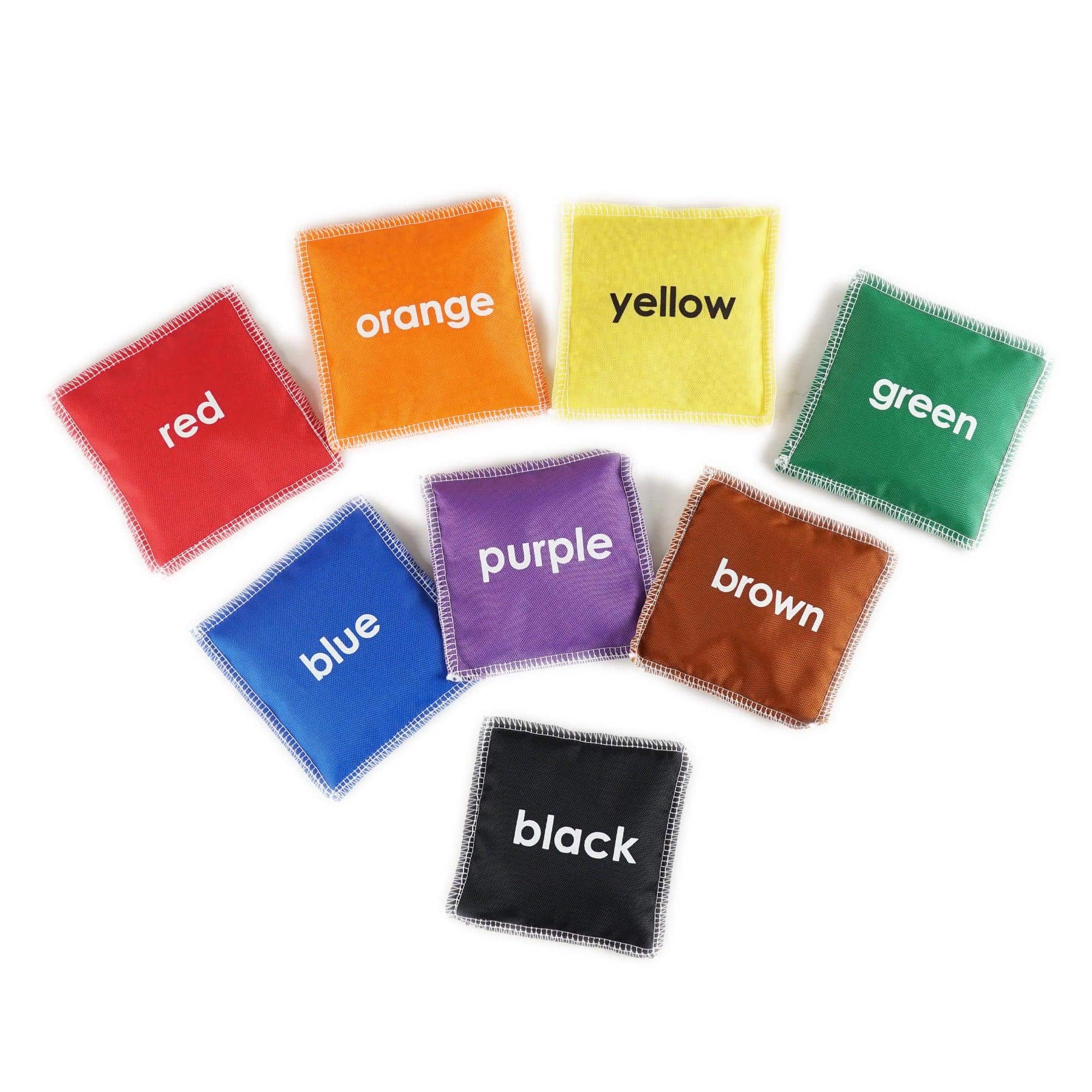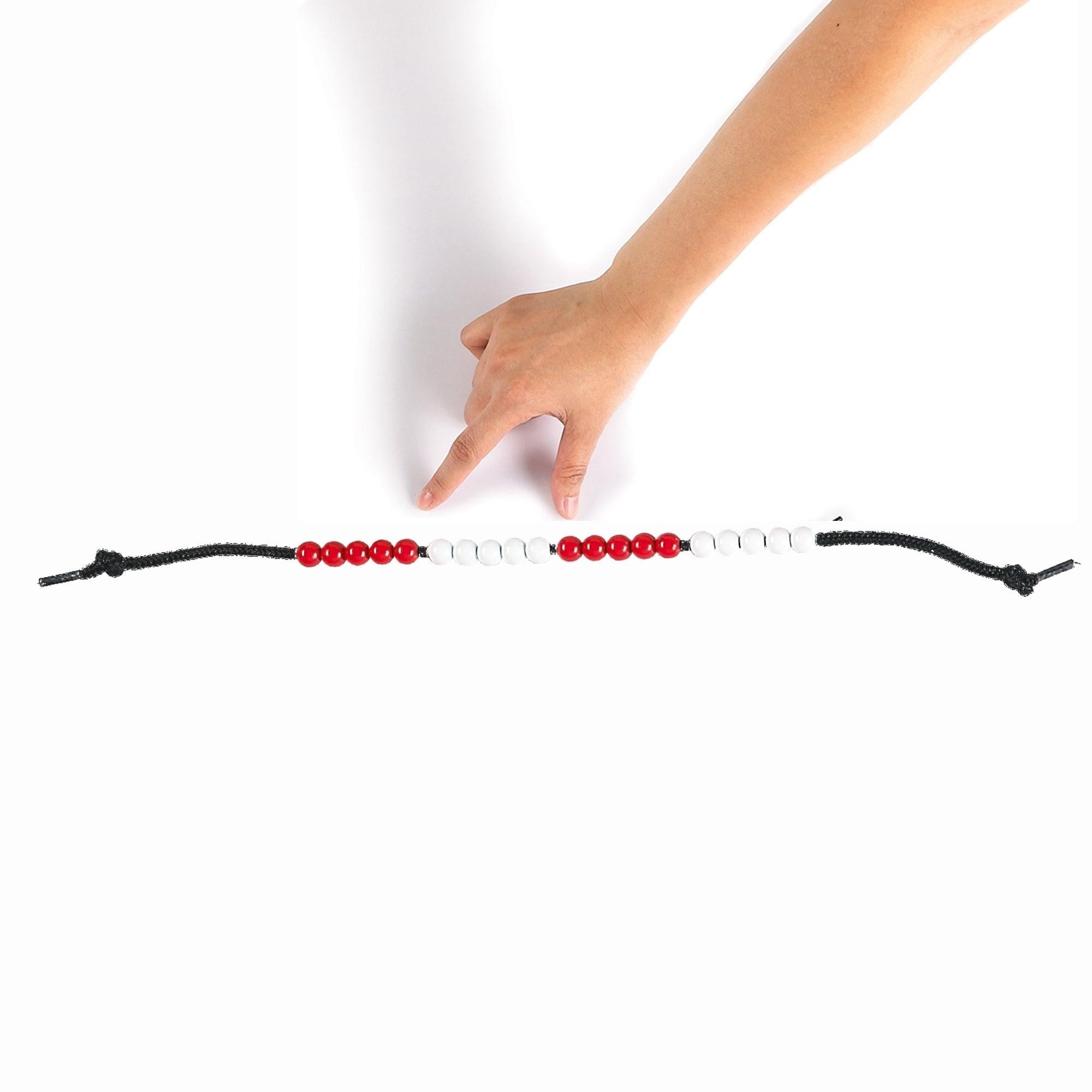The Benefits of Sensory Toys for Children with ADHD
Introduction
Welcome to our blog post dedicated to exploring the wonderful world of sensory toys and their significant benefits for children with Attention Deficit Hyperactivity Disorder (ADHD). In this article, we will delve into the reasons why sensory toys are considered not only enjoyable but also highly therapeutic for children living with ADHD. We will also highlight some of the key features that make sensory toys so effective in helping these children develop their skills and manage their symptoms.
The Importance of Sensory Stimulation
Children with ADHD often struggle with sensory processing issues. They may experience difficulties in regulating their attention, impulsivity, and hyperactivity levels due to the challenges they face in processing and integrating sensory information. Sensory toys offer a unique opportunity for these children to engage with their senses and find a sense of calm in their surroundings.
The Benefits of Sensory Toys
Increase Focus and Attention
- Sensory toys provide a focused and engaging activity that helps redirect and sustain a child’s attention.
- By offering various textures, sounds, and colors, sensory toys create an environment that captivates the child’s senses, allowing them to concentrate on one task at a time.
Promote Self-Regulation
- Manipulating sensory toys, such as stress balls or fidget spinners, can help children with ADHD release pent-up energy and reduce impulsive behaviors.
- As children engage with sensory toys, they develop a better understanding of the cause-and-effect relationship between their actions and the resulting stimuli, aiding in self-control and regulation.
Encourage Sensory Integration
- Sensory toys provide an opportunity for children to explore and integrate various sensory inputs, improving their sensory processing abilities.
- Through activities involving different textures, such as squishy toys or tactile puzzles, children develop their sensory discrimination skills, enhancing their ability to interpret and respond to sensory information.
Enhance Fine Motor Skills
- Sensory toys often involve activities that require precise movements, such as stacking blocks or manipulating small objects.
- Engaging in these activities helps children improve their hand-eye coordination and fine motor skills, which are crucial for tasks like writing, drawing, and buttoning clothes.
Promote Emotional Regulation
- Sensory toys can act as calming tools, helping children with ADHD manage their emotions and reduce anxiety.
- The tactile and comforting nature of sensory toys can offer a sense of security and reassurance to children, allowing them to regulate their emotions in challenging situations.
Conclusion
Sensory toys are valuable resources for children with ADHD, offering a wide range of benefits in their physical, cognitive, and emotional development. By providing sensory stimulation, promoting self-regulation, encouraging sensory integration, enhancing fine motor skills, and promoting emotional regulation, these toys play an essential role in helping these children thrive in their daily lives. If you have a child with ADHD, consider incorporating sensory toys into their routine to provide them with a supportive environment that nurtures their unique sensory needs.




